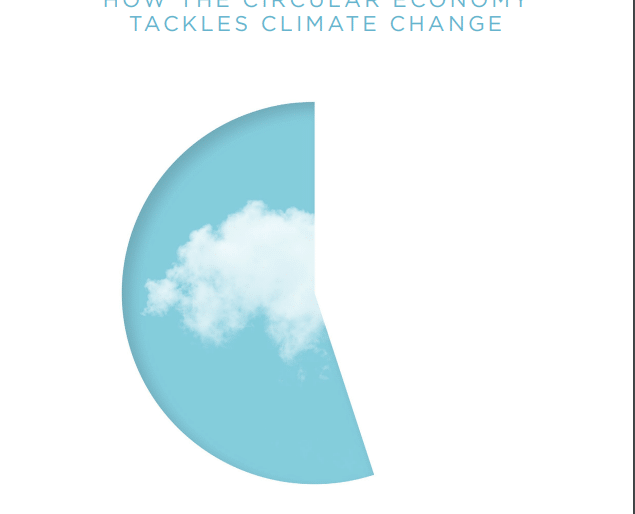- 45% of global emissions come from making things, everyday products like cars and clothes, and managing land
- Only a systems-level approach will enable us to achieve the 1.5 ̊C target by 2050 while building greater resilience to climate change.
Energy lies at the core of efforts to address climate change. Worldwide, the electricity, heat and fuel consumed by buildings and transportation systems accounts for 55% of the greenhouse gas emissions heating the planet. But 45% of global emissions come from making things, everyday products like cars and clothes, and managing land.
Addressing those emissions will require rethinking how we make and use products and transitioning to a circular economy, according to a new report from the Ellen MacArthur Foundation, a UK-based nonprofit that promotes the circular economy, and Material Economics, a consulting firm based in Sweden.
To tackle the emissions from producing products and managing land the report, “Completing the Picture: How the Circular Economy Tackles Climate Change,” urges international organizations, lawmakers, businesses, investors and researchers to work together in “moving away from today’s ‘take-make-waste’ linear model towards an economy that is regenerative by design.”
1. Design products and systems to avoid emissions-producing waste and pollution from the very beginning…
2. Cut energy use by using products and materials for longer in more ways…
3. Employ agricultural methods that regenerate ecosystems and sequester carbon in the soil…
…The report recommends that international institutions emphasize the circular economy in climate action and that policymakers include circular economy measures in national climate plans. It also recommends that other stakeholders, including businesses, investors and academia, collaborate.
“Only a systems-level approach will enable us to achieve the 1.5 ̊C target by 2050,” the report says, “while building greater resilience to climate change.”
Read the full Ensia article here and the report here (pdf).


